
Palo

Pictures: 08.III.2005, 06.XI.2011, 20.V.2016


Pictures: 08.III.2005, 06.XI.2011, 20.V.2016
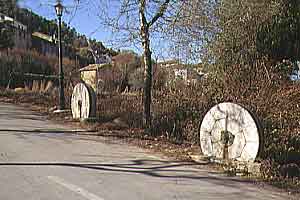

The back of the stones (5) carries a label Mercadal y Cebolar - La Ferté — Zaragoza (Read more about La Ferté.)
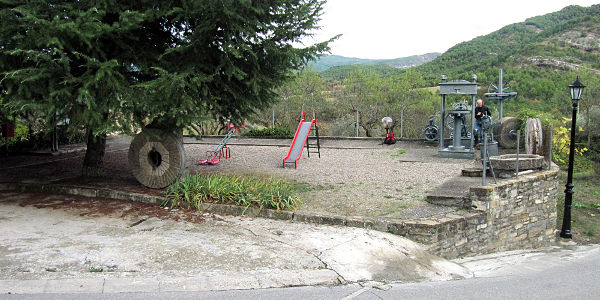
It's primordial to keep the stuf where it belongs, in the mill, and preserve the mill with its tools and its surroundings as a whole.
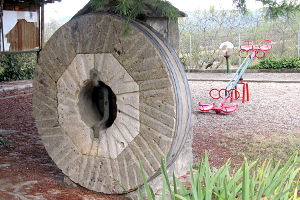
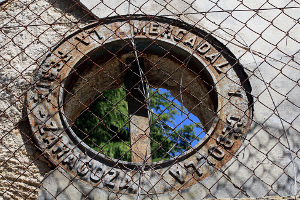
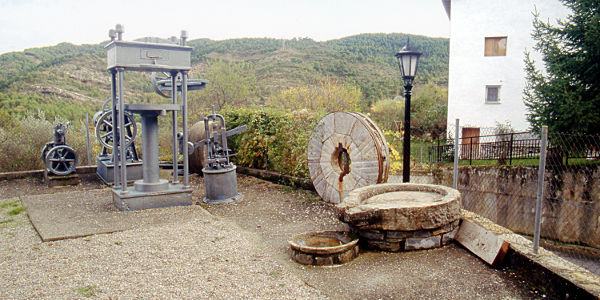

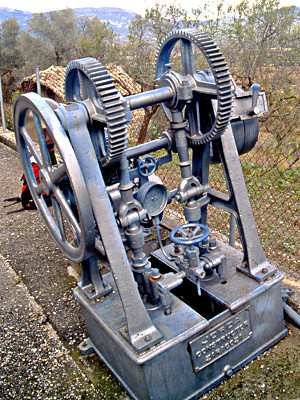

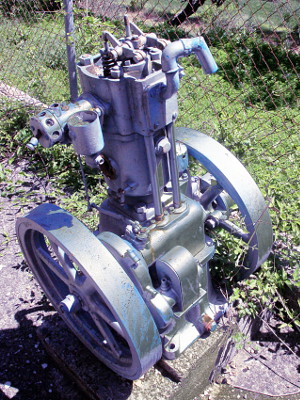
The Vellino CR is one type of a wide range of stationary engines produced by a company named Laboratorio Vellino after its founder Carlos Vellino Roch. He started, in 1901, with small explosion engines after his adventure in electrical cars ended in disaster and bankruptcy.
Carlos Vellino died in March 1934 but the company lived at least long enough to merit a commemorative stamp for its 50th year in 1951.
A Vellino type BR can be found in the oil mill of Banastón, where I will go into some more detail about Vellino.